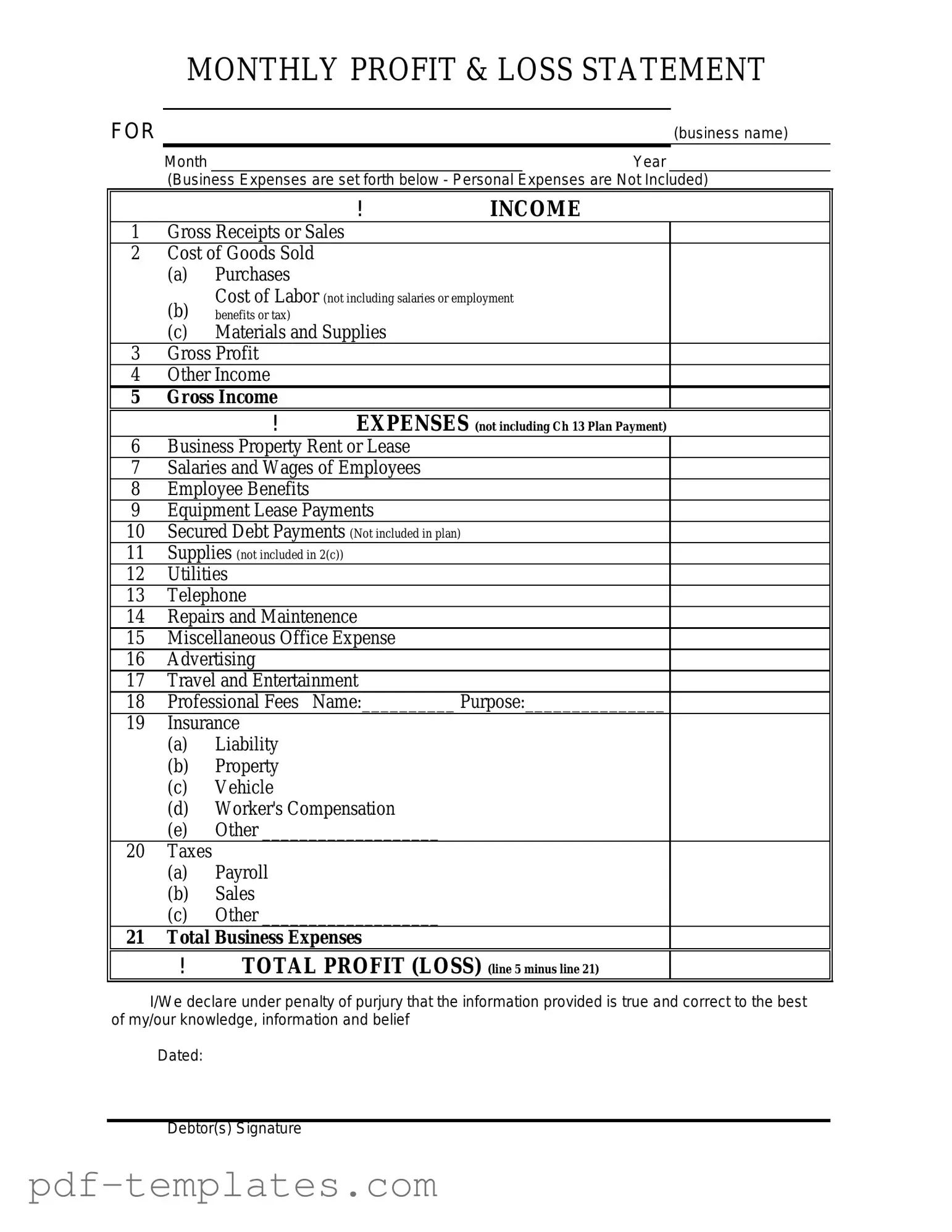The Profit and Loss statement, often referred to as the income statement, is similar to a balance sheet in that both documents provide a snapshot of a company's financial health. While the Profit and Loss statement focuses on revenues and expenses over a specific period, the balance sheet presents assets, liabilities, and equity at a single point in time. Together, they offer a comprehensive view of a company's performance and stability, helping stakeholders make informed decisions.
The cash flow statement is another document closely related to the Profit and Loss statement. It details the inflow and outflow of cash within a company over a specific period. While the Profit and Loss statement shows profitability, the cash flow statement reveals how well a company manages its cash to fund operations and meet obligations. Understanding both documents is crucial for assessing a company's liquidity and financial viability.
A budget is similar to a Profit and Loss statement in that it outlines expected revenues and expenses for a future period. While the Profit and Loss statement reflects actual financial performance, a budget serves as a financial plan that guides decision-making. Comparing the two can help organizations identify variances and adjust their strategies accordingly.
The statement of retained earnings is akin to the Profit and Loss statement as it provides insight into how profits are utilized within a company. This document shows changes in retained earnings over a period, including net income from the Profit and Loss statement and any dividends paid out. It highlights how profits are reinvested or distributed, reflecting the company’s growth strategy.
A trial balance is another financial document that shares similarities with the Profit and Loss statement. It lists all the accounts in the general ledger and their balances at a specific time. While the Profit and Loss statement summarizes income and expenses, the trial balance ensures that the accounting equation holds true, confirming that debits equal credits. This document is crucial for preparing financial statements accurately.
The statement of comprehensive income expands on the Profit and Loss statement by including other comprehensive income items, such as unrealized gains or losses. This document provides a broader view of a company's financial performance, capturing elements that affect equity but are not included in net income. Stakeholders benefit from this additional layer of detail when assessing overall financial health.
The income tax return is also similar to the Profit and Loss statement, as it summarizes a company's income, expenses, and tax obligations for a specific period. Both documents reflect financial performance, but the tax return is used for compliance with tax laws. Understanding the relationship between these documents can help companies manage their tax liabilities effectively.
The sales report shares similarities with the Profit and Loss statement, focusing specifically on revenue generation. It details sales figures over a specific period, allowing businesses to analyze performance trends. While the Profit and Loss statement includes all revenues and expenses, the sales report narrows the focus to sales activity, providing valuable insights into revenue streams.
The financial forecast is akin to the Profit and Loss statement in that it projects future revenues and expenses based on historical data and market trends. While the Profit and Loss statement reflects past performance, the forecast helps businesses plan for the future. Comparing actual results to forecasts can inform strategic adjustments and improve financial planning.
Lastly, the management report is similar to the Profit and Loss statement in that it provides an overview of financial performance, often tailored for internal stakeholders. This document may include key performance indicators and analyses that go beyond the basic financial data found in the Profit and Loss statement. Management reports help leaders make informed decisions based on comprehensive financial insights.
